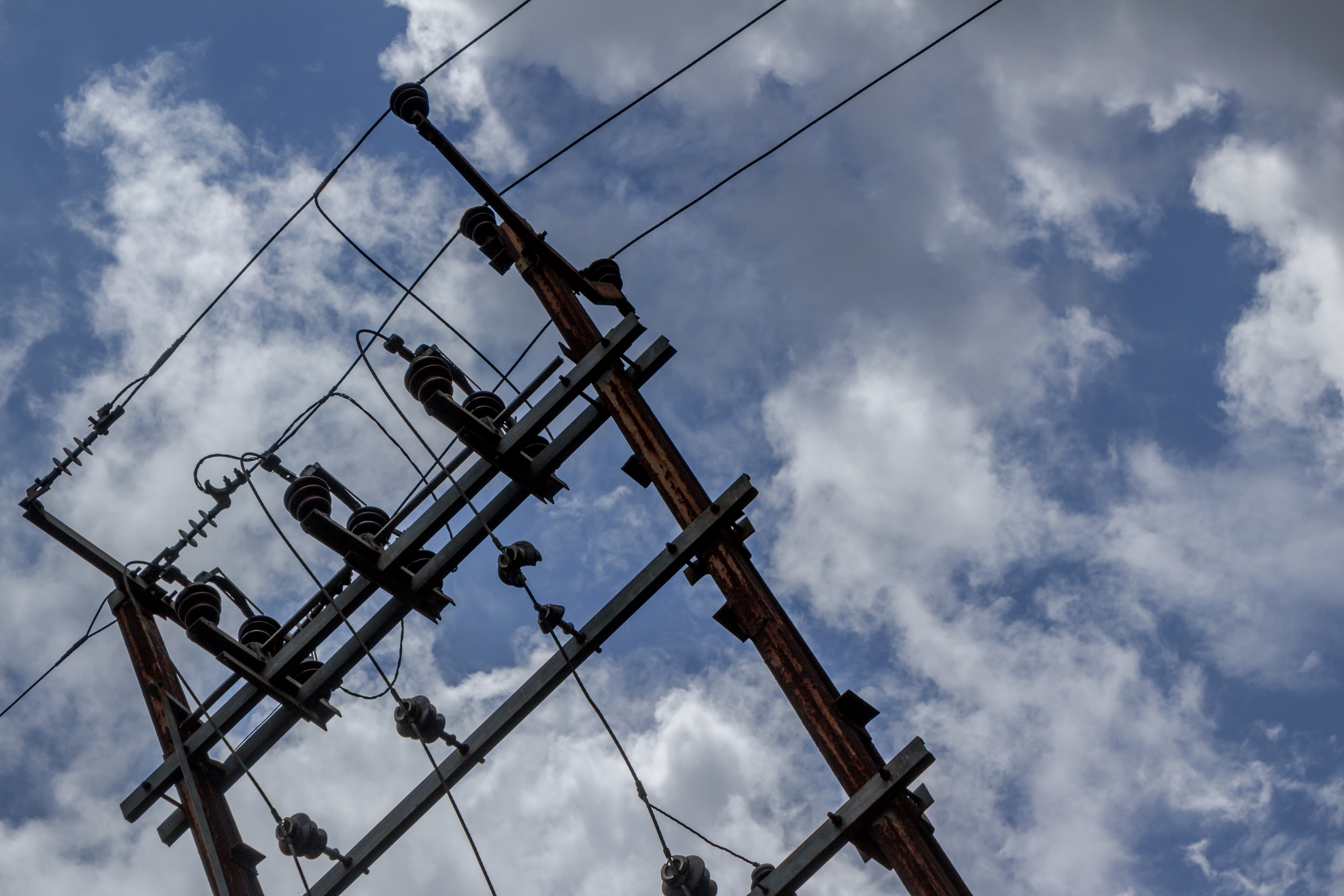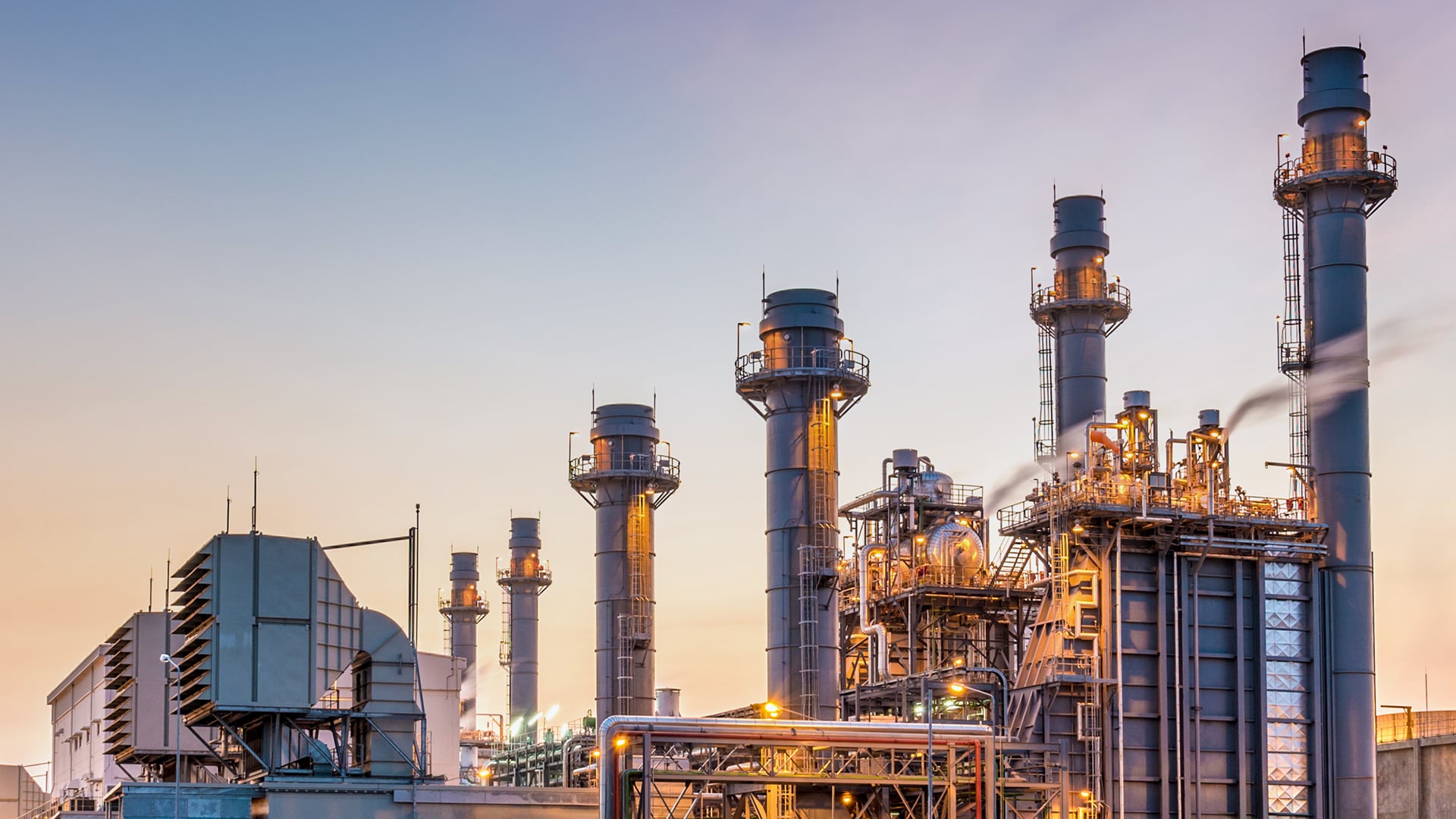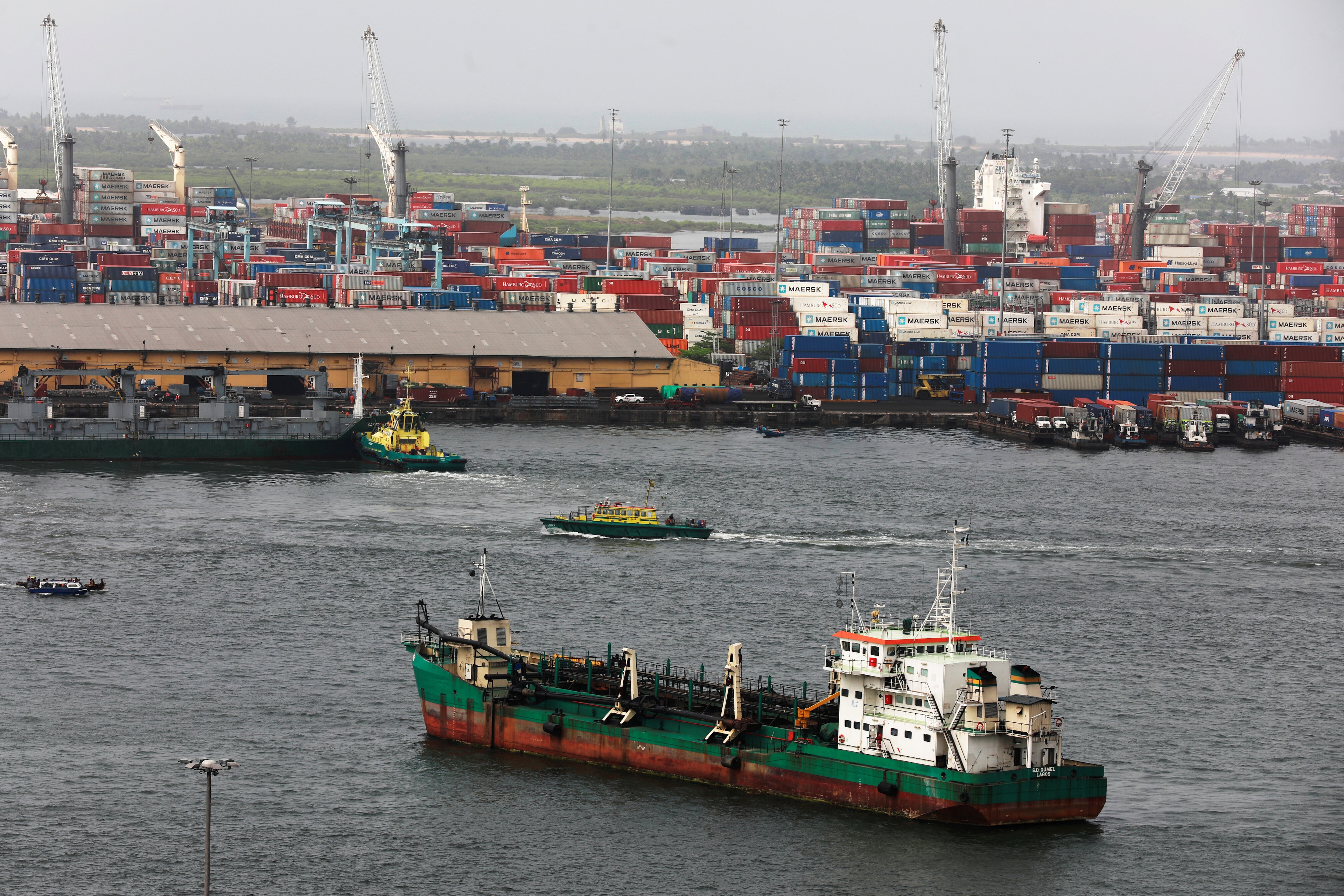Myanmar must seize the moment – at home and abroad

Stay up to date:
Infrastructure
Myanmar is richly endowed with natural resources. Yet, the per capita consumption of energy in the country is the lowest in Asia. Only 26% of the population has access to electricity via the national grid, while domestic supply falls far short of the demand generated by 60 million citizens. This is an untenable situation for an emerging economy, threatening not only to hamper the future growth of Myanmar’s domestic industry, but also to dash the hopes of its citizens for a better quality of life.
If Myanmar is to proceed with reforms that attract greater levels of foreign investment, it needs to develop strategies to boost growth in domestic industries. On top of this, it must build successful partnerships with foreign companies so that local labour, expertise and interests can offer a sustainable bedrock for their commercial growth.
Important steps have already been taken to solve some of the issues concerning the development of Myanmar’s domestic market. There are plans to expand power provision across the country, although both the expansion and the maintenance of current power plants that are running under capacity are issues that need to be addressed. In spite of economic sanctions, which have only recently been lifted, Myanmar’s oil and gas production has developed steadily and will continue to provide a significant source of income.
Steps have also been taken to make Myanmar an attractive and stable hub for foreign investment in energy. Whereas the government used to award new contracts via direct negotiations for production sharing contracts, in 2012 it began awarding rights in an open bidding process. Recent bidding rounds have attracted a high level of interest. In addition, the power industry has been reformed so that the separate ministries for generation and distribution are merged into a single Ministry of Electric Power; a new National Energy Management Committee has been given responsibility for coordinating efforts to develop energy in a responsible and efficient way.
These steps are all positive trends for Myanmar, but unless we can balance an increase in foreign investment and energy production with the development of the domestic market, there is a risk that growth will be unsustainable. It is important that new opportunities are created for domestic companies to enter the energy market at key points in the value chain. At present, many local companies are competing against each other for work that adds little value in this sector, such as logistics and catering. Together, these latter activities constituted only 5% of the near billion dollars that operators spent on exploration and production in 2012.
Policies should be put in place that direct investment towards local enterprises so that they can enter the energy market at valuable points and acquire the assets and expertise to become major players in the Myanmar energy sector over time. There should also be a focus on skills-building and education to ensure the sector remains open and transparent.
This is a momentous time for Myanmar. The lifting of economic sanctions and political reforms will stimulate new demand for energy and will attract new investment from those keen to be part of such a vibrant and rapidly growing economy. The government should, however, keep domestic development at the heart of these changes.
The expansion of the energy sector and fresh injections of foreign investment offer significant opportunities to adapt the knowledge and technology of advanced economies for a youthful and resource-rich country, paving the way for sustainable and strong growth.
Author: Ken Tun is Chief Executive Officer of Parami Energy.
Image: A light display in Yangon REUTERS/Soe Zeya Tun
Don't miss any update on this topic
Create a free account and access your personalized content collection with our latest publications and analyses.
License and Republishing
World Economic Forum articles may be republished in accordance with the Creative Commons Attribution-NonCommercial-NoDerivatives 4.0 International Public License, and in accordance with our Terms of Use.
The views expressed in this article are those of the author alone and not the World Economic Forum.
Forum Stories newsletter
Bringing you weekly curated insights and analysis on the global issues that matter.
More on Energy TransitionSee all
Eneida Licaj and Sarah Moin
September 23, 2025
Natalie Unterstell and Alex Scott
September 22, 2025
Gavin Templeton
September 19, 2025
Keith Svendsen
September 18, 2025
Stephanie Jamison
September 18, 2025







